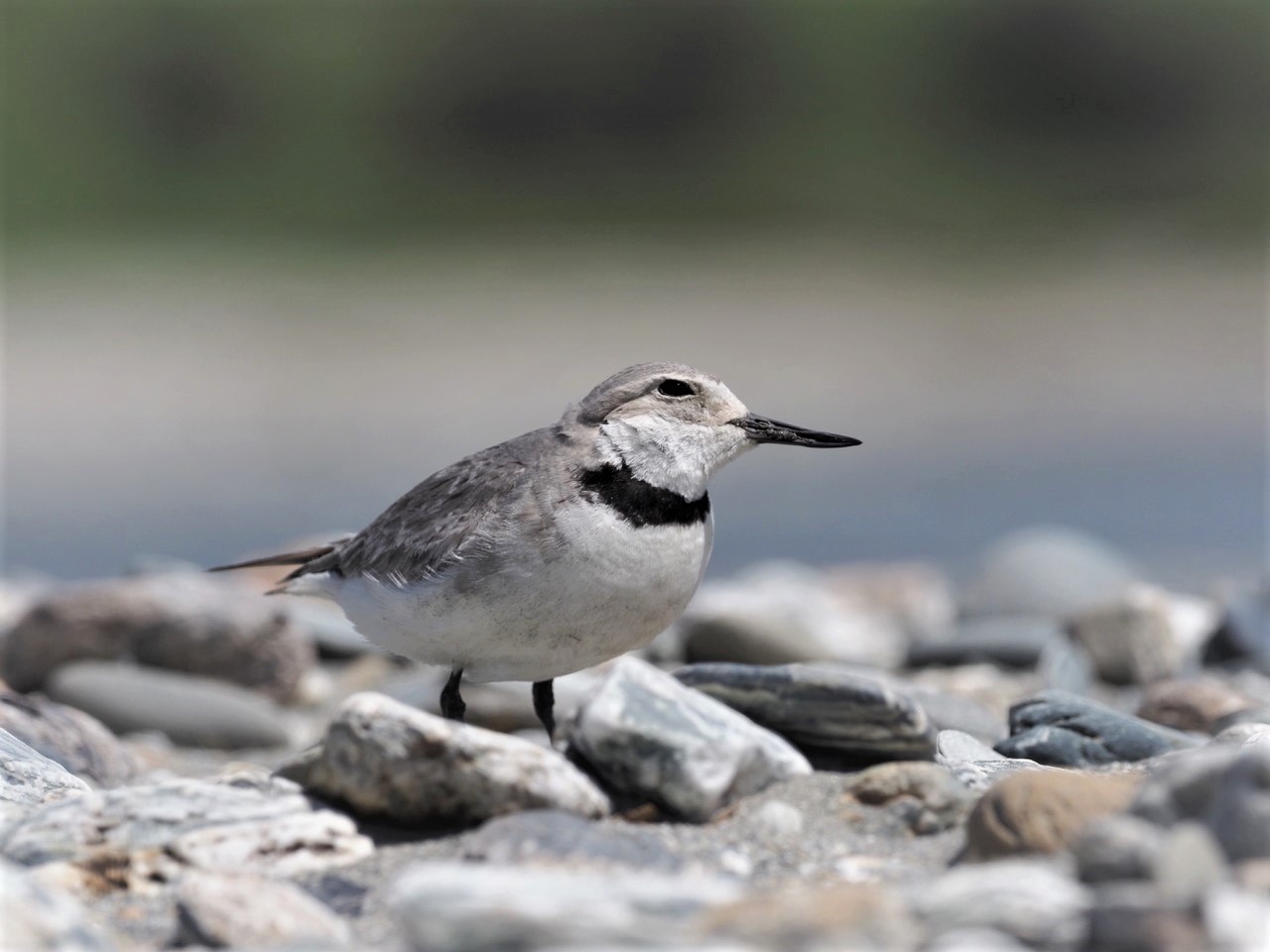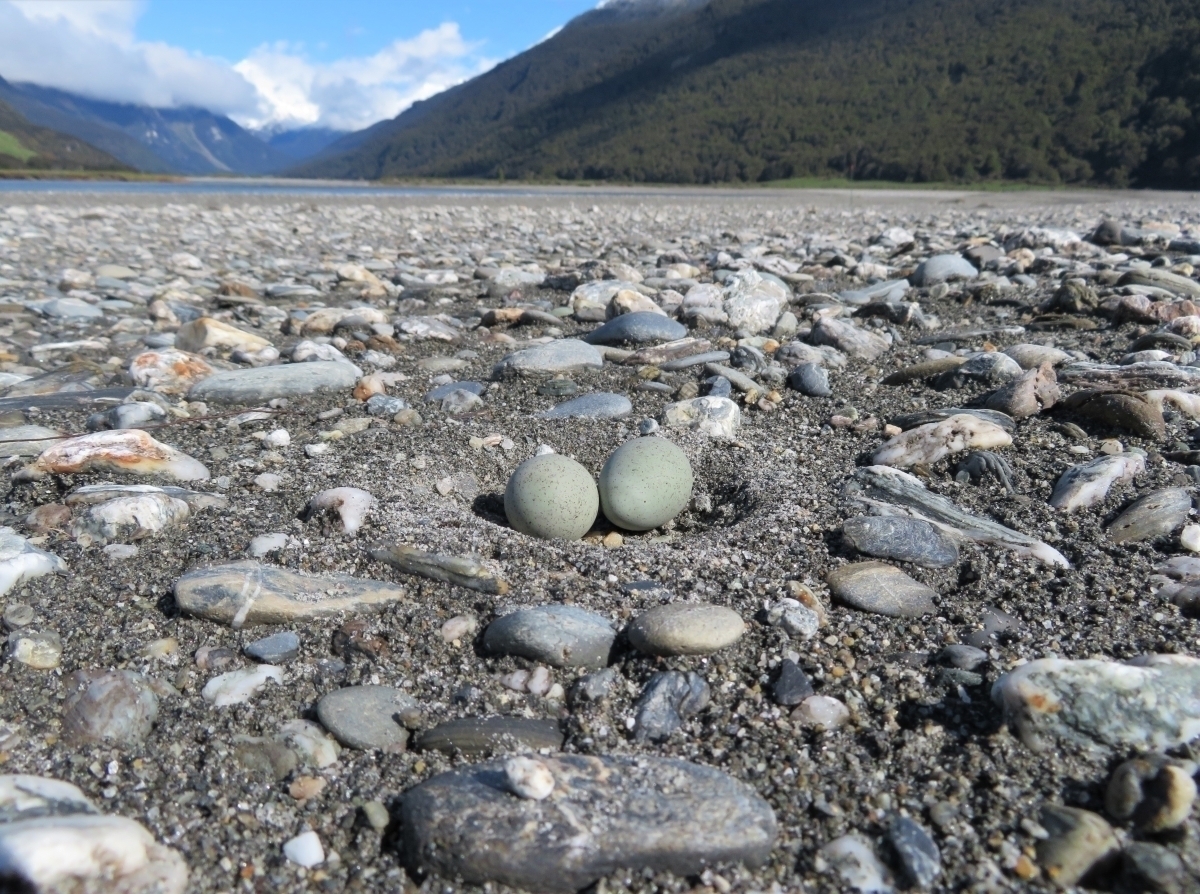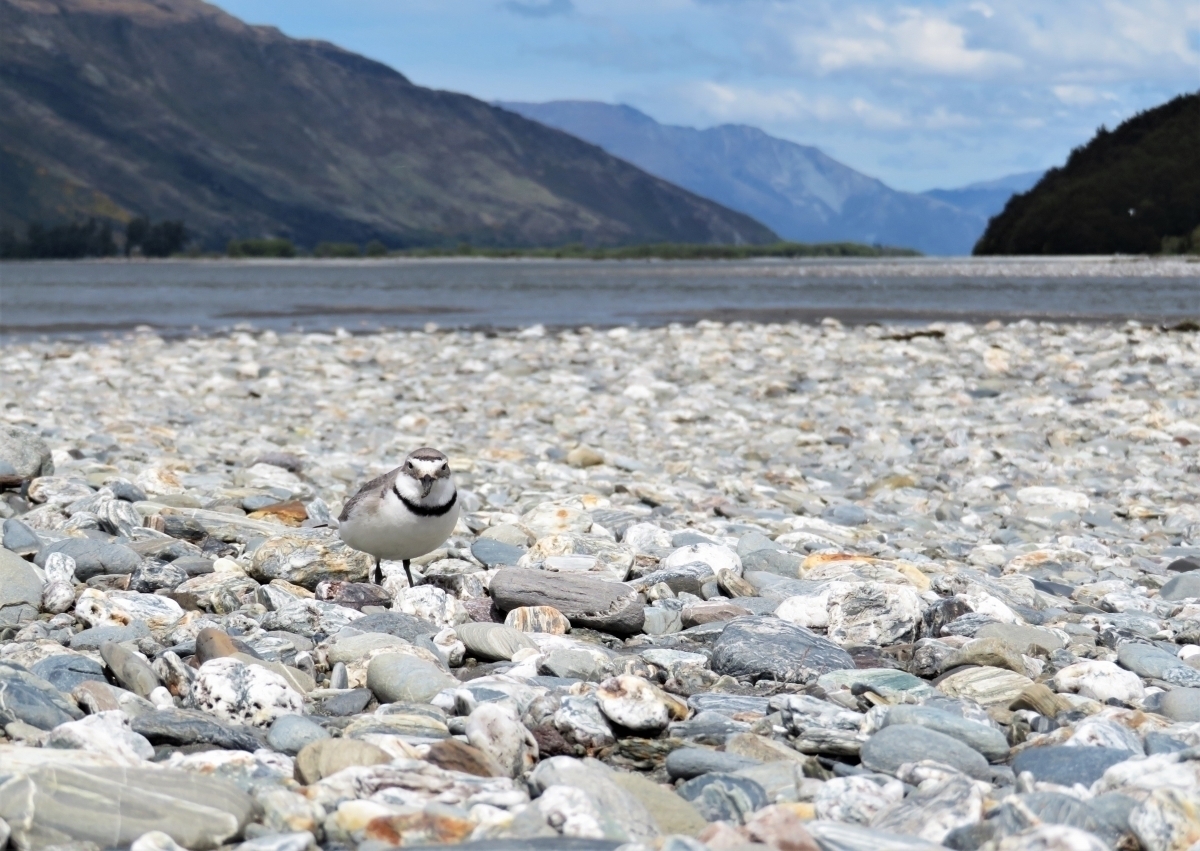The first Makarora Field Course was held from the 10 – 16 January 2021. This was the successful result of a partnership between Aspiring Biodiversity Trust and Operation Wallacea (Opwall) with support from LINZ, Birds New Zealand, Makarora Wonderland, local landowners and Wilkin River Jets.
The purpose of the field course was to promote the indigenous biodiversity of the Makarora catchment, create a valuable learning opportunity for students interested in careers based around wildlife management and conservation, contribute to good biological recording, whilst encouraging the future caretakers kaitiakitanga of the natural environment.

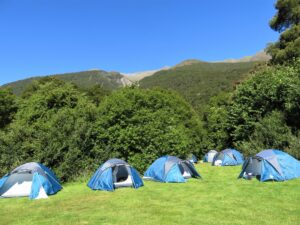
Students from Wellington, Auckland and the Coromandel were met at Queenstown Airport, then joined a scenic coach trip over the Crown Range via Wanaka and Lake Hawea to the field course base camp at Makarora. Here the students and teachers were met by the ABT Science team and a representative from Operation Wallacea. The event commenced with a welcomming karikia before entering the learning facility for a welcome presentation and briefing. Students were then shown to their tents before the first group meal was served at the main Makarora Wonderland Lodge.


The week was divided into a series of applied learning activities focused on biological (fauna and flora) recording survey methods and monitoring with classroom sessions on data analysis, reporting and the use of the R Stats application via an overseas connection with Opwall lecturer’s in the United Kingdom.
Evenings were filled with lectures on geophysiography, protected species detection dog aided surveys (for whio), ABT’s Ridge to River Threatened Species Programme, a forest by night walk and concluded with a session on career’s in conservation and wildlife management with an inspiring and motivational finish for the future from Aspiring Biodiversity Trust patron – Lydia Bradey, recently awarded a New Zealand Order of Merit.

An awesome week of incredible weather and biodiversity concluded with a splendid Wonderland BBQ and a certificate presentation to students on their completion of the field course, plus the awarding of prises (including a NZ bird guide) for various notable achievements over the duration of the weeks activities. A farwell karikia and celebratory cakes completed a most memorable week for all involved.
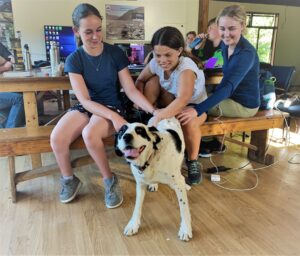
Thank you to all funders and supporters who helped enable the first pilot Makarora Field Course. The next Makarora field course dates start from 7-14 January 2022! Get in touch to find out more about the latest itinerary, we look forward to hearing from you 🙂
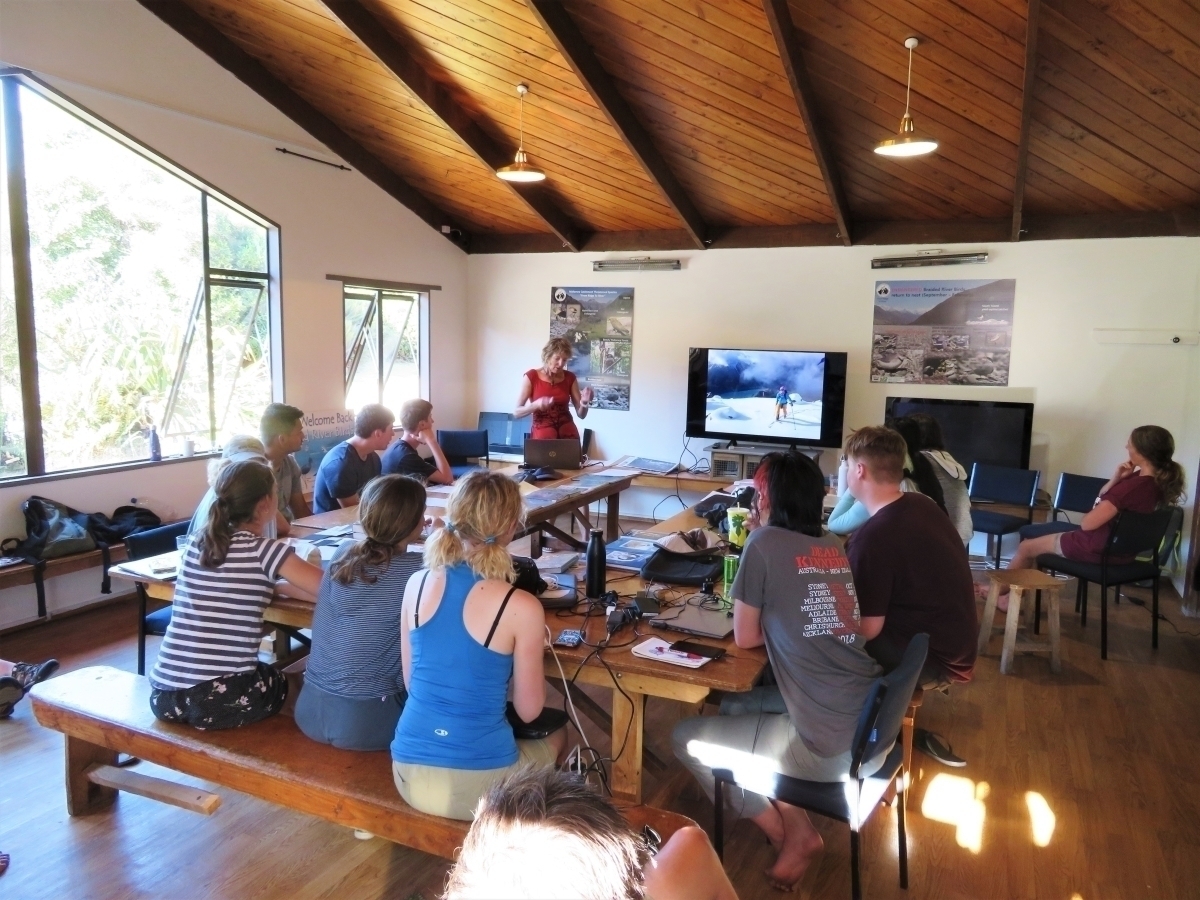
Commentary from student, staff and parent post 2021 field course:
I would like to thank the team for providing an amazing experience for my son Aditya. He is very grateful to get this wonderful opportunity of working with the best in their fields at such a young age. The communication, management and service has been great fro this trip. Thanks again. Jyoti
Thanks for running such an awesome course here in such a beautiful place. You and your team have provided invaluable insight into the real world – science and ecology. Hope to be back in the future. Dylon
By seeing the banded dotterel chick and other amazing sights, I felt like I was learning in a real meaningful way. Thanks, Fiver
Rachel, we did it! Congratulations on puttng together such an amazing field course you should be very proud of what you have achieved. It has been a real pleasure working with you! Hopefully we can do it again. Jihan


